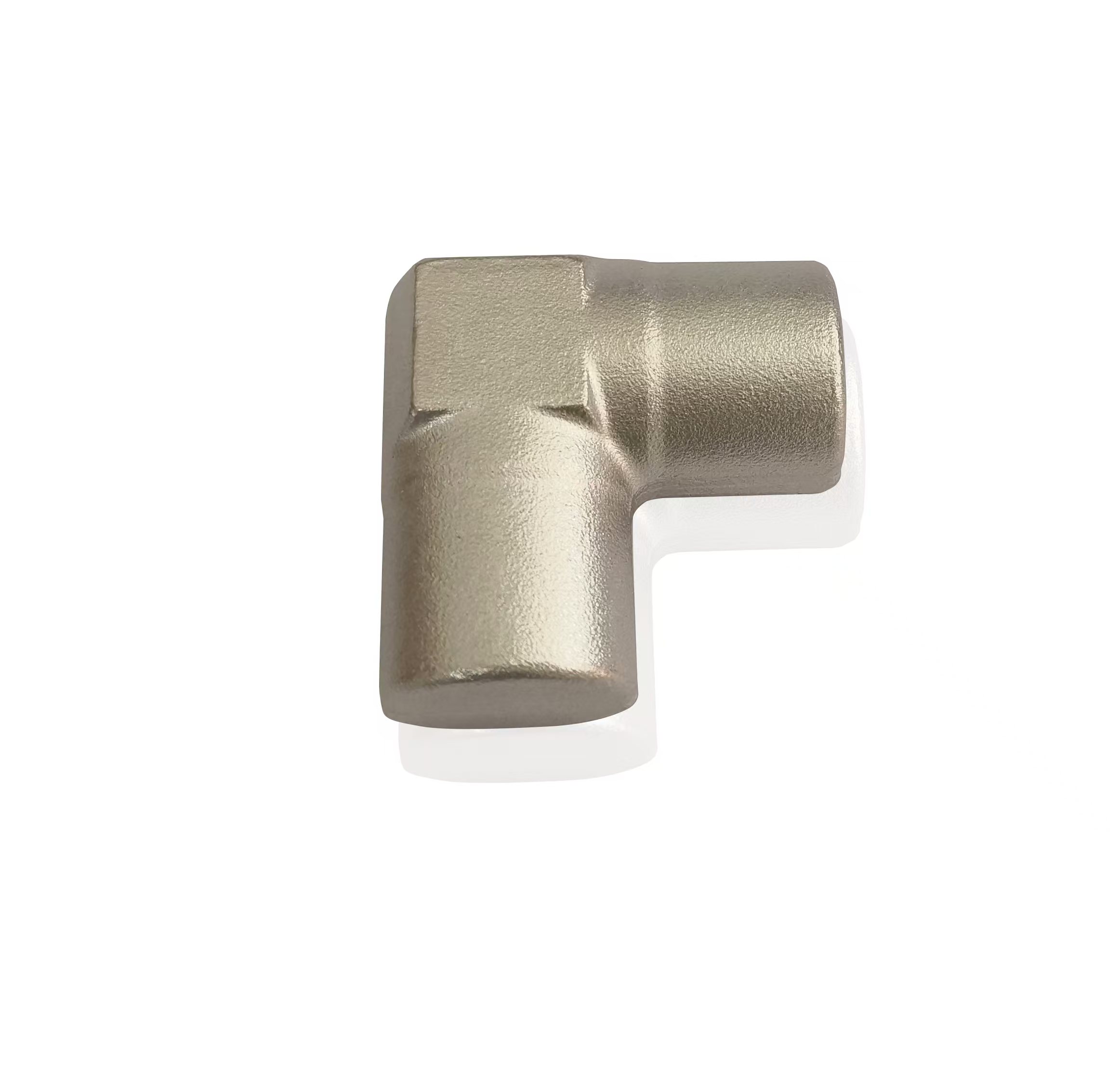Analysis of forging process characteristics
 2025.01.07
2025.01.07
 Industry news
Industry news
Analysis of forging process characteristics
Improving the internal structure of metals - After forging and hot deformation, the original coarse dendrites or columnar crystals are transformed into finer and uniformly sized recrystallized structures due to deformation and recrystallization. At the same time, defects such as porosity, looseness, and cracks in the ingot are welded together through forging,
Generating metal flow lines - Impurities within the metal are distributed in a band like pattern along the main direction of metal extension during deformation, leaving traces of metal flow in the forging. The metal structure deformed in this way has a certain directionality, and the structure with regular and directional distribution of impurities in the metal is called "fibrous structure", usually referred to as forging streamline.
Improving the mechanical properties of metals - affecting the plasticity index of steel.
Differences from Casting
Good mechanical properties
Compared with casting, during the forging process, the metal undergoes multiple plastic deformations, resulting in a denser structure and better mechanical and corrosion resistance properties than casting.
High yield rate
The casting process involves pouring molten metal into a mold and allowing it to cool and solidify to obtain the desired shape of the workpiece. The internal structure of the casting process workpiece is relatively loose, with defects such as pores, and the yield rate is low, about 70% -80%, which is much lower than that of the forging process.
Tips: In recent years, due to the mechanical properties of forging technology, many products, especially pressure measuring instruments in harsh environments, have been changed from castings to forgings due to the loose structure of castings, which often leads to inaccurate readings caused by pressure. According to NYCT tests, A350 LF2 material is forged at a temperature of 20 ℃, with a yield Reh ≥ 250N/mm2, a tensile Rm ≥ 485-655N/mm2, an elongation rate of ψ ≥ 30%, a shrinkage rate of A ≥ 30%, a temperature of -46 ℃, and an average AKV of 16J in the impact test of 20J in the quenched and tempered state.
Classification by device
Free forging, also known as free forging, is a forging method in which a heated metal billet is placed between the upper and lower anvils of a free forging equipment for forging, and the deformation of the metal is controlled by a blacksmith to obtain a forged piece. Suitable for single piece and small batch production. According to the different equipment used, it can be divided into three types: manual free forging, hammer free forging, and hydraulic press free forging. Model forging, also known as die forging, is the process of forging heated metal scrap through a fixed dry forging equipment to restrict the deformation of the metal and obtain forgings that conform to the shape of the die chamber. Suitable for large-scale production. According to the different equipment used, it can be divided into hammer forging and press forging. Die forging on press machines is divided into two types: spiral press die forging and hot forging crank press die forging.
Die forging, also known as tire forging, is a deformation method between free forging and die forging. It involves forging a heated metal billet using a free forging method through a tire die that is not fixed to the free forging equipment. Suitable for mass production in forging. Special forging - it is a forging process that shapes metal billets on specialized equipment or in special molds. Such as flat forging, cross wedge rolling, swing rolling, etc.




















